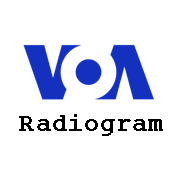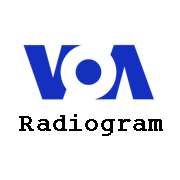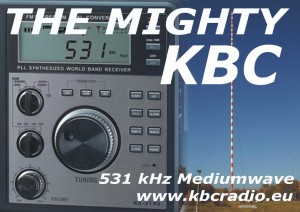 (Source: VOA Radiogram)
(Source: VOA Radiogram)
During the past weekend, we experimented with mixing music with MFSK text modes. Reducing the MFSK modes by 9 dB was not a problem if the signal level was good, but the MFSK text did break up for some listeners if reception conditions were marginal.
This weekend, 15 and 16 June, we will mix some actual noise taken from shortwave with MFSK text. After the noise begins, a VOA News story in MFSK16 will first be transmitted at full level, then reduced to -6 dB, then reduced to -12 dB. I will probably lose many of you when the level is reduced to -12 dB, but please stay tuned: the audio level will soon be restored.
Here is the lineup for VOA Radiogram, 15 and 16 June 2013:
- 2:10 MFSK16: Program preview
- 1:58 MFSK16: Introduction to noise experiment
- 10:09 MFSK16: At -0 -6 -12 dB versus noise
- :59 MFSK16: Image of VOA logo
- :47 MFSK16: Introduction to MFSK32
- :51 MFSK32: Image of VOA logo
- 3:19 MFSK32: VOA News re Curiosity Rover on Mars MFSK32: VOA Radiogram logo
- 2:40 EasyPal Image of the week
- 1:10 MFSK16: Closing announcements
- :20 Surprise mode of the week
VOA Radiogram transmission schedule
(all days and times UTC)
Sat 1600-1630 17860 kHz
Sun 0230-0300 5745 kHz
Sun 1300-1330 6095 kHz
Sun 1930-2000 15670 kHzAll via the Edward R. Murrow transmitting station in North Carolina.
Please send reception reports to [email protected]

 (Source:
(Source: 
